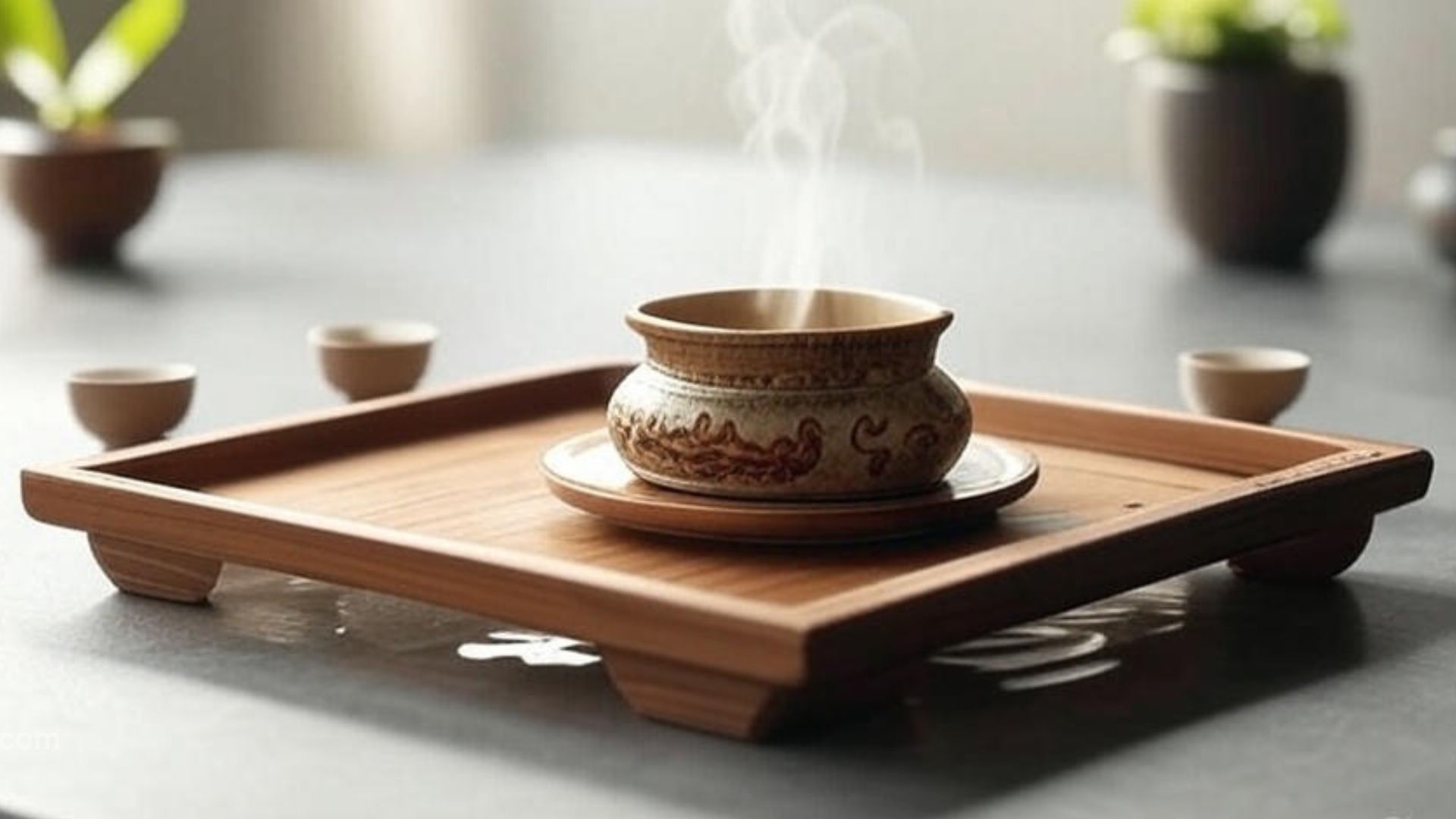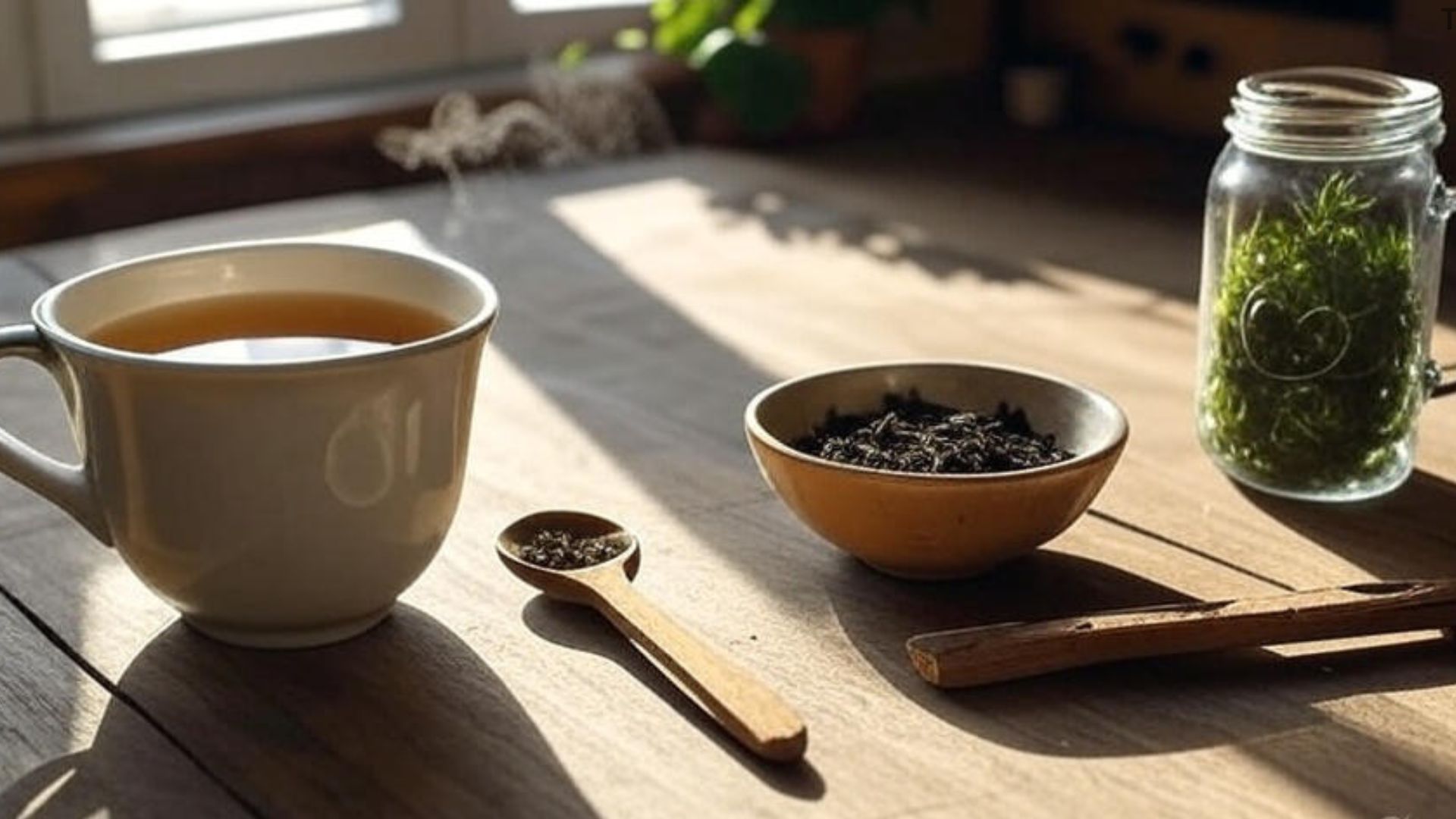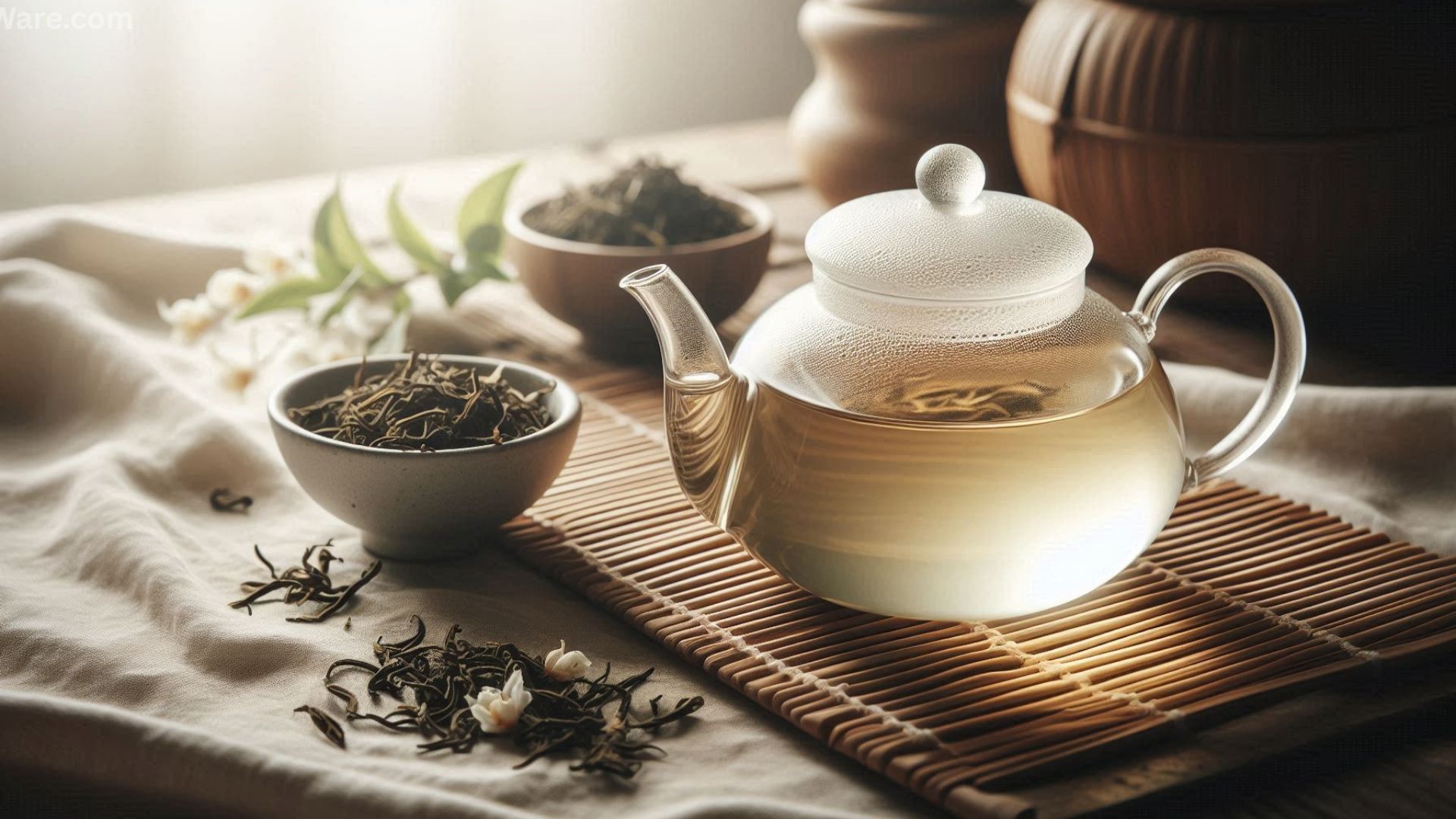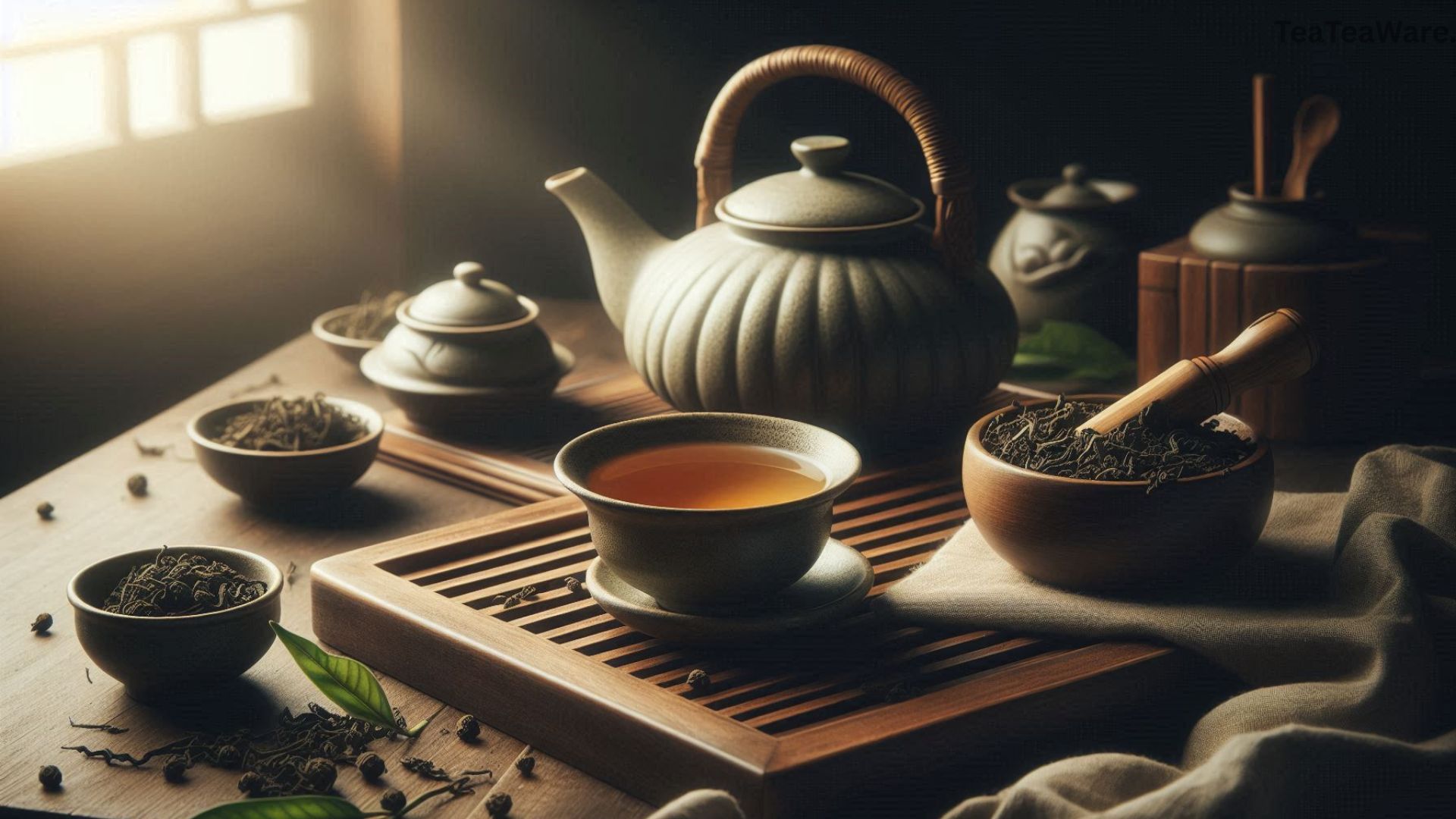Hey there, tea friend! 👋
Welcome to this easy-to-follow guide on getting started with Gongfu tea brewing! Gongfu might seem a bit overwhelming at first—but trust me, it’s actually super fun and not as complicated as it looks. Think of this guide as your friendly starting point to help you get comfortable with Gongfu brewing.
So… What is Gongfu tea?
Short answer:
Gongfu is a traditional Chinese way of making tea with care and attention to detail.
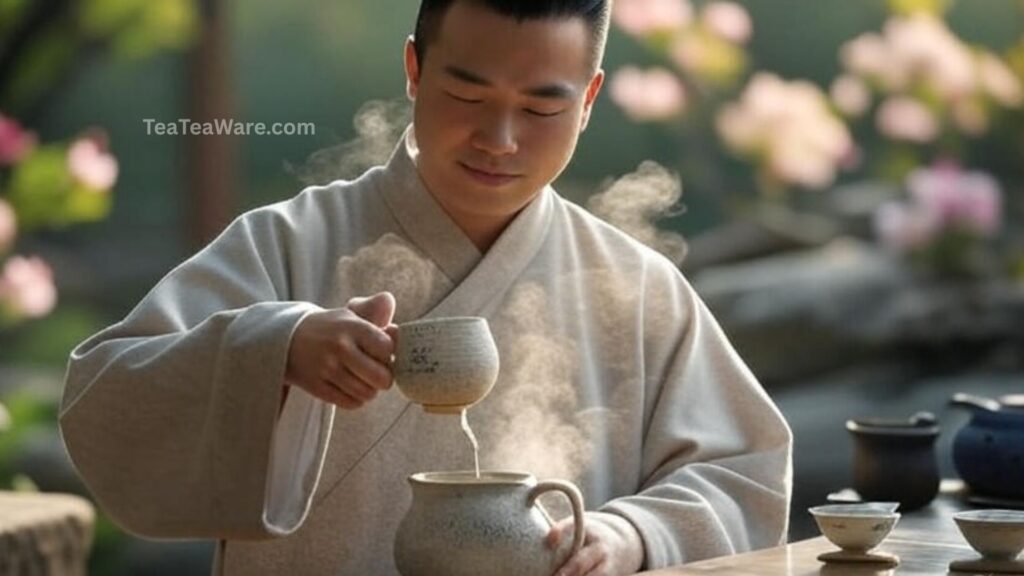
Longer answer:
Gongfu is all about brewing loose-leaf tea in small amounts, using short steep times, and reusing the leaves several times. This method helps you enjoy the full range of flavors a tea has to offer—and get the most out of every leaf!
Wait, have I done this before?
Here’s a fun fact:
You may have already brewed Gongfu-style tea without even realizing it.
Ever brewed a tea bag for a second time? Or re-steeped loose-leaf tea in your teapot?
Boom—you’ve done a basic version of Gongfu brewing! 🙌
Now, traditional Gongfu brewing follows more specific steps and tools, but at its heart, it’s about re-steeping tea and exploring flavor. Let’s break it down together.
The Basics: What You Actually Need
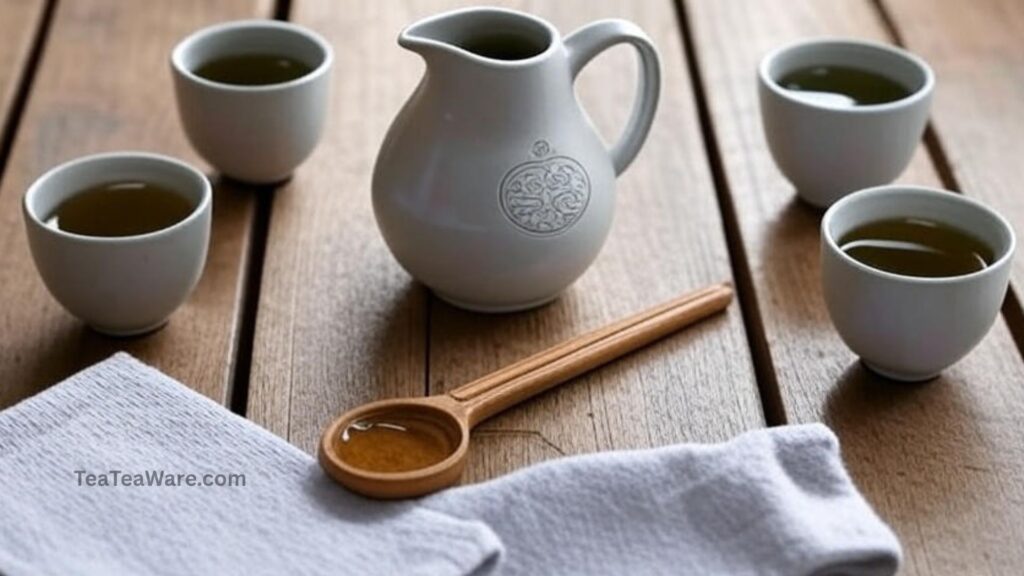
Step 1: Start with a brewing vessel
A vessel is just the thing you brew your tea in. It could be a teapot, a mug, or more traditionally—a gaiwan.
Gaiwan (say “guy-won”)
This is a small bowl with a lid—no handle! It’s the most common tool for Gongfu brewing. It can be made from porcelain, clay, glass, or even silver. To use it, you:
- Put tea leaves in the bowl
- Pour hot water over them
- Tilt the lid slightly to pour the tea while holding back the leaves
Be careful though! Use your thumb and middle finger on the sides of the bowl, and your index finger to hold the lid—watch your fingers with hot water!
What’s this gaiwan with a spout?
If your gaiwan has a spout, it’s probably a hohin—commonly used in Japanese tea brewing. It pours like a teapot but has no handle.
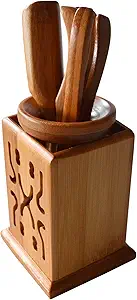
Chadao Bamboo GongFu Tea Tools Tube Spoon, tongs, detong, tea needle funnel
A Gaiwan can be slippery and delicate. A basic tea tool set improves handling and maintains etiquette during Gongfu brewing.
Also Read: This $15 Tea Infuser Changed My Brewing Routine
Saw a flat, wide vessel? That’s a Shiboridashi!
Shiboridashi (or “shibo”) is another Japanese brewing tool. It’s perfect for delicate teas like Japanese greens, which need cooler water and fast pouring to avoid bitterness.
What about a teapot?
Yes, you can totally use a small gongfu teapot. These are often made of clay (like Yixing pots) and have built-in filters. Some are porcelain or glass, too!
Saw one with a side handle and wide spout? That’s a Kyusu—also Japanese, best for 2–3 infusions.
Other Tools to Level Up (Optional but Fun)
If you want to expand a little, here are some other items you might find handy:
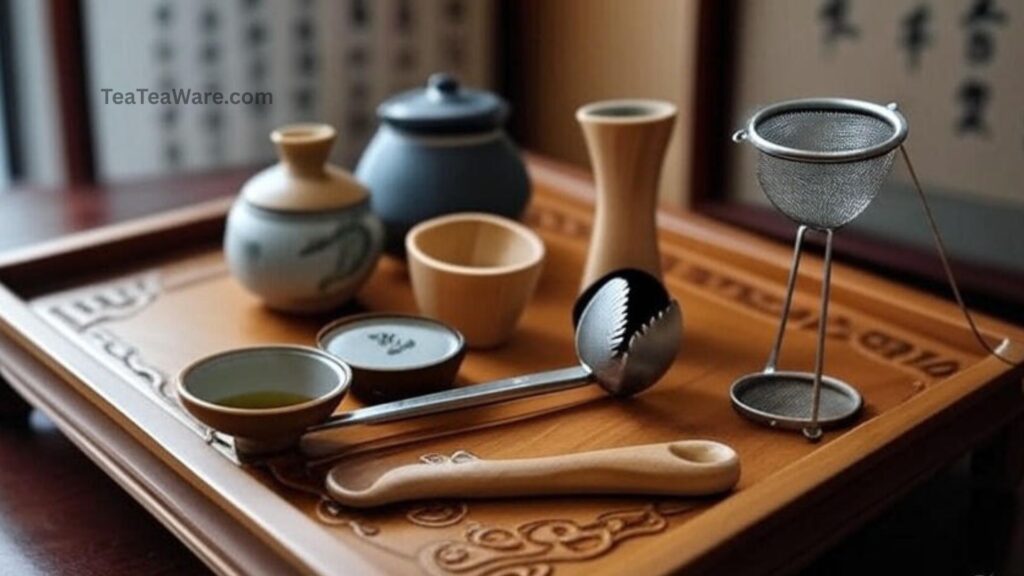
- Electric Kettle: Super convenient for heating water fast. One with temperature control is even better, since different teas like different temps.
- Gongfu Tea Cups: These are small—usually 40–100ml—and perfect for sipping and savoring the flavor.
- Cha Hai (Fairness Pitcher): Pour tea from your gaiwan into this, then serve everyone from it. That way, every cup is evenly brewed.
- Tea Tray: Catches spills and overflow. Gongfu tea can get a bit messy, so this helps. You can even use a baking tray in a pinch.
- Scale: Helpful for measuring your tea leaves. You don’t have to use one, but many people like the precision.
- Tea Filter: Catches small leaf bits. Nice when you’re serving guests or taking photos—but optional!
Extra Fun Add-Ons (Totally Optional)
- Tea towels: For cleaning spills
- Measuring trays or wooden leaf holders: For showing off tea leaves
- Tea pets: Cute little decorations people place on tea trays for fun and tradition
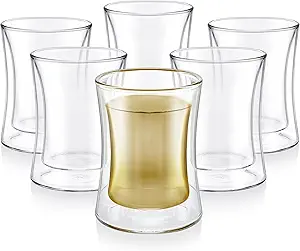
Teabloom Modern Insulated Turkish Tea Glasses
Offers a modern twist with heat insulation and clear visuals. Perfect for learning, teaching, or showing off tea color and leaf unfurling.
Also Read: Best Teaware Starter Kits for New Tea Drinkers
Let’s Brew Some Tea!
Here’s a step-by-step to get you going:
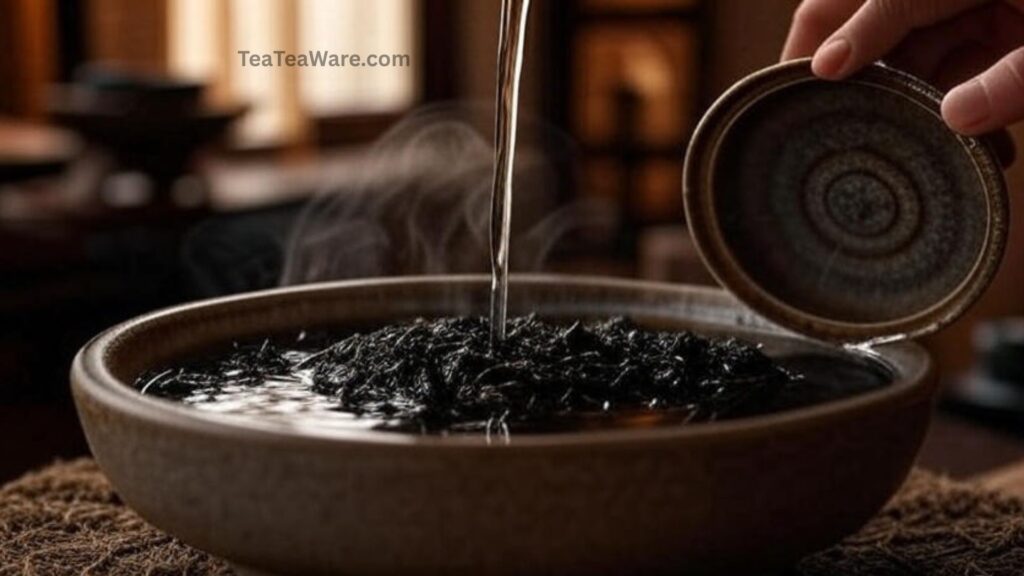
1. Heat Your Water
Use your kettle to heat water to the right temperature. Here’s a general idea:
- Green tea: ~170°F (77°C)
- Most teas: ~190°F (88°C)
- Some teas (like dark oolongs or puerh): boiling (212°F / 100°C)
But don’t stress—every tea is different, and it’s okay to experiment! Check your tea vendor’s suggestion, or just start at 190°F and adjust from there.
2. Measure Your Tea
Use about 1 gram of tea per 15ml of water.
So if your gaiwan holds 60ml, use about 4 grams of tea. Simple!
3. Time to Brew!
- Place the tea in your vessel
- Pour in hot water
- Quickly place the lid, then pour the tea out right away
That first quick pour is often just a rinse. After that, you brew again—this time drink it!
4. Keep Going!
The beauty of Gongfu is in multiple infusions.
For each new steep:
- Use the same leaves
- Add a little more steep time (e.g., 10 sec, 15 sec, 20 sec, etc.)
- Notice how the flavor changes!
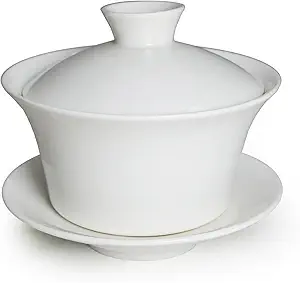
Liang baobao Traditional Gaiwan Tea Set
A white porcelain Gaiwan is perfect for beginners and purists. It doesn’t interfere with tea flavor and allows you to observe leaf color and infusion clarity.
Also Read: Exploring Chinese Gongfu Tea Ceremony Tools
Final Thoughts
Gongfu brewing doesn’t have to be fancy. Start simple. Use what you have. Experiment, make mistakes, and most of all—have fun with it. The world of tea is wide, wonderful, and welcoming.
So grab your kettle, pick a tea, and enjoy the journey 🍵
Let me know if you want a visual version of this or a checklist to get started!

